Home>Gardening & Outdoor>Landscaping Ideas>What Is The Best Grass For San Antonio, Texas
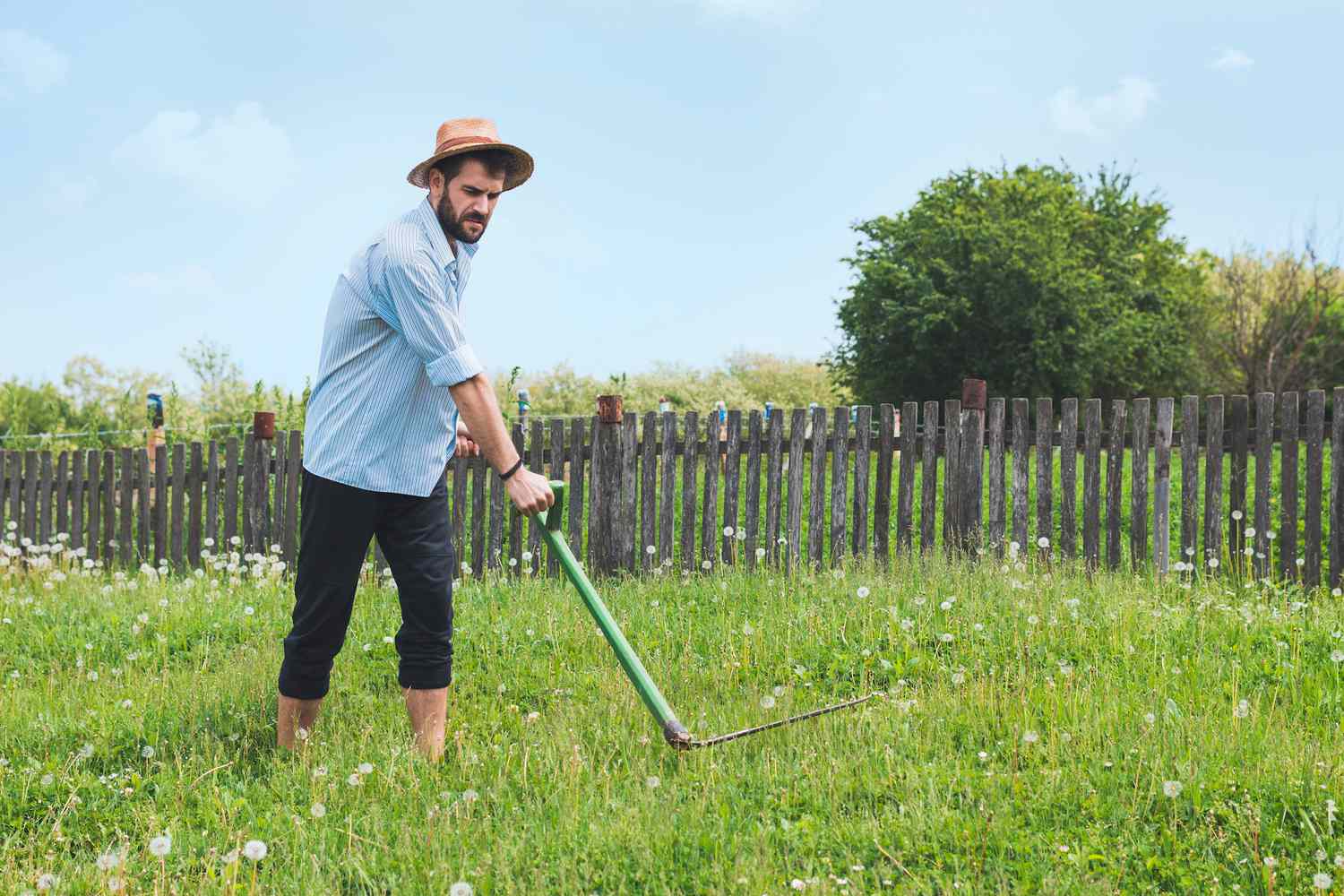

Landscaping Ideas
What Is The Best Grass For San Antonio, Texas
Modified: March 27, 2024
Discover the best grass for your San Antonio, Texas landscaping needs. Explore top landscaping ideas for a vibrant, lush lawn.
(Many of the links in this article redirect to a specific reviewed product. Your purchase of these products through affiliate links helps to generate commission for Storables.com, at no extra cost. Learn more)
Introduction
Choosing the right type of grass for your San Antonio, Texas lawn is crucial for creating a lush, vibrant outdoor space that thrives in the local climate. San Antonio's unique weather patterns, including hot summers and mild winters, present both opportunities and challenges when it comes to selecting the best grass for your lawn. With the diverse range of grass species available, it's essential to consider various factors to ensure that your lawn flourishes year-round.
Selecting the ideal grass for your San Antonio lawn involves understanding the local climate, soil conditions, and maintenance requirements. By taking these factors into account, you can make an informed decision that will result in a healthy, resilient lawn that enhances the beauty of your outdoor living space.
In this comprehensive guide, we will explore the best types of grass for San Antonio, Texas, considering their unique characteristics and suitability for the local climate. Additionally, we will provide valuable maintenance tips to help you keep your San Antonio lawn looking its best throughout the year. Whether you're a seasoned homeowner or a first-time lawn enthusiast, this guide will equip you with the knowledge and insights needed to make informed decisions about your lawn's grass type and maintenance. Let's delve into the factors to consider when choosing grass for your San Antonio lawn and explore the top grass varieties that thrive in this vibrant Texas city.
Key Takeaways:
- Choose St. Augustine or Bermuda grass for a lush San Antonio lawn. They thrive in the hot climate and require minimal maintenance, perfect for busy homeowners.
- Keep your San Antonio lawn healthy by watering deeply, mowing correctly, and preventing weeds. With proper care, St. Augustine, Bermuda, or Buffalo grass will thrive in the local climate.
Read more: When To Plant Grass In San Antonio
Factors to Consider When Choosing Grass
When selecting the best grass for your San Antonio lawn, several crucial factors should be taken into account to ensure optimal growth and resilience. Understanding these factors will help you make an informed decision that aligns with the unique characteristics of your outdoor space and the local climate.
1. Climate: San Antonio experiences a hot and humid subtropical climate, characterized by scorching summers and mild winters. Therefore, it's essential to choose a grass variety that can withstand the intense heat and occasional drought conditions while remaining resilient during the cooler months.
2. Water Requirements: Considering the periodic water restrictions in San Antonio, it's advisable to select a grass type that is drought-tolerant and can thrive with minimal irrigation. This not only conserves water but also ensures that your lawn remains healthy even during dry spells.
3. Soil Type: The soil composition in San Antonio varies, ranging from clay to loamy soils. Different grass species have specific soil preferences, so understanding your soil type is crucial for selecting a grass variety that will thrive in your specific soil conditions.
4. Sunlight Exposure: Assess the sunlight exposure in your lawn area to determine whether it receives full sun, partial shade, or full shade. This information will help you choose a grass type that matches the sunlight conditions, ensuring optimal growth and lush coverage.
5. Maintenance Requirements: Consider the level of maintenance you are willing to commit to your lawn. Some grass varieties require frequent mowing, fertilization, and pest control, while others are more low-maintenance, making them ideal for homeowners with busy schedules.
6. Aesthetic Preferences: Your personal preferences for the appearance and texture of your lawn should also influence your choice of grass. Some grass species offer a vibrant green color and fine texture, while others have a coarser appearance. Selecting a grass variety that aligns with your aesthetic preferences will enhance your overall satisfaction with your lawn.
By carefully evaluating these factors, you can narrow down the options and choose the best grass for your San Antonio lawn. Each factor plays a crucial role in determining the long-term success and visual appeal of your outdoor space, making it essential to consider them thoughtfully before making your selection.
Best Types of Grass for San Antonio, Texas
When it comes to selecting the best types of grass for your San Antonio lawn, several varieties stand out for their ability to thrive in the local climate and soil conditions. Each grass type offers unique characteristics that cater to specific needs, making it essential to explore the options and choose the most suitable variety for your outdoor space.
-
St. Augustine Grass: Known for its exceptional heat tolerance and lush, dense growth, St. Augustine grass is a popular choice for San Antonio lawns. This grass variety thrives in the region's hot and humid climate, making it resilient during the scorching summers. With its broad, dark green blades, St. Augustine grass creates a visually appealing lawn that can withstand moderate foot traffic, making it ideal for family-friendly outdoor areas.
-
Bermuda Grass: Recognized for its exceptional drought tolerance and rapid growth, Bermuda grass is well-suited for San Antonio's climate. This grass variety thrives in full sun and exhibits excellent resilience in high-traffic areas, making it a preferred choice for lawns, parks, and sports fields. Its fine texture and vibrant green color contribute to its aesthetic appeal, while its ability to recover quickly from stress and foot traffic makes it a practical option for active outdoor spaces.
-
Buffalo Grass: Ideal for homeowners seeking a low-maintenance grass option, Buffalo grass is well-adapted to San Antonio's climate and soil conditions. This warm-season grass variety exhibits excellent drought tolerance and requires minimal water, making it an eco-friendly choice for water-conscious individuals. Its fine texture and low growth habit contribute to a natural, unmanicured look, making it a popular option for eco-friendly landscapes and native grass lawns.
-
Zoysia Grass: With its moderate maintenance requirements and exceptional heat tolerance, Zoysia grass is a versatile option for San Antonio lawns. This grass variety thrives in both full sun and partial shade, making it suitable for diverse lawn environments. Its dense growth pattern and tolerance to foot traffic make it an excellent choice for residential lawns, while its ability to withstand heat and drought conditions ensures year-round resilience.
-
Centipede Grass: Known for its low maintenance requirements and ability to thrive in acidic soils, Centipede grass is a practical choice for San Antonio homeowners. This grass variety exhibits excellent heat tolerance and requires minimal fertilization, making it a cost-effective and low-maintenance option for lawns. Its light green color and slow growth habit contribute to its visual appeal, while its adaptability to various soil types makes it a versatile choice for San Antonio landscapes.
By considering the unique characteristics and maintenance requirements of each grass type, homeowners in San Antonio can make informed decisions that align with their specific needs and preferences. Whether prioritizing heat tolerance, drought resistance, or low maintenance, the best grass for San Antonio, Texas is ultimately the one that complements your outdoor space and enhances the beauty of your landscape.
St. Augustine grass is the best choice for San Antonio, Texas due to its ability to tolerate the hot and humid climate, as well as its resistance to disease and pests. It also requires less water compared to other grass types.
Maintenance Tips for San Antonio Grass
Maintaining a healthy and vibrant lawn in San Antonio, Texas requires proactive care and attention to ensure that your chosen grass variety thrives in the local climate. By implementing effective maintenance practices, you can promote lush growth, resilience, and overall visual appeal. Here are essential maintenance tips tailored to the specific needs of San Antonio grass:
-
Proper Watering: In San Antonio's hot and arid climate, it's crucial to establish a consistent watering schedule to support healthy grass growth. Aim to water your lawn deeply but infrequently, allowing the moisture to penetrate the soil and reach the grass roots. Consider utilizing a timed irrigation system to ensure adequate hydration while adhering to local watering restrictions.
-
Mowing Techniques: When mowing your San Antonio lawn, adjust the cutting height based on the specific grass variety. For St. Augustine grass, maintain a cutting height of 2.5 to 3 inches, while Bermuda grass thrives at a lower height of 1 to 1.5 inches. Regular mowing promotes a tidy appearance and encourages lateral growth, contributing to a dense and resilient lawn.
-
Fertilization Schedule: Develop a fertilization schedule tailored to the nutrient requirements of your chosen grass type. In San Antonio, consider applying a slow-release nitrogen fertilizer during the growing season to support healthy, vibrant growth. Conduct a soil test to determine any additional nutrient needs and adjust the fertilization regimen accordingly.
-
Weed Control: Implement proactive weed control measures to prevent invasive species from encroaching on your lawn. Regularly inspect the grass for weeds and apply targeted herbicides as needed. Additionally, maintaining a dense and healthy lawn through proper watering and fertilization can naturally suppress weed growth.
-
Aeration and Dethatching: Periodic aeration and dethatching are essential maintenance practices that promote optimal air, water, and nutrient penetration in the soil. Consider aerating your lawn annually to alleviate soil compaction and enhance root development. Dethatching, if necessary, helps remove accumulated organic debris, allowing the grass to thrive.
-
Pest and Disease Management: Stay vigilant for signs of pests and diseases that can affect San Antonio grass varieties. Monitor the lawn for pest infestations and disease symptoms, and promptly address any issues through targeted treatments or professional intervention to safeguard the health of your lawn.
-
Seasonal Adjustments: Tailor your maintenance practices to accommodate seasonal changes in San Antonio's climate. During the hot summer months, adjust your watering schedule to prevent drought stress, while in the cooler seasons, focus on promoting root development and resilience.
By incorporating these maintenance tips into your lawn care routine, you can nurture healthy, resilient grass that thrives in San Antonio's unique climate and soil conditions. Consistent care and proactive management will contribute to a vibrant and visually appealing lawn that enhances the overall beauty of your outdoor living space.
Conclusion
In conclusion, choosing the best grass for your San Antonio, Texas lawn is a decision that significantly impacts the overall health, resilience, and visual appeal of your outdoor space. By considering the unique climate, soil conditions, and maintenance requirements of the region, homeowners can make informed choices that result in thriving and vibrant lawns.
The diverse range of grass varieties, including St. Augustine, Bermuda, Buffalo, Zoysia, and Centipede grass, offers options tailored to specific needs and preferences. Whether prioritizing heat tolerance, drought resistance, or low maintenance, each grass type presents distinct characteristics that cater to the diverse landscapes and lifestyles of San Antonio residents.
Furthermore, implementing proactive maintenance practices, such as proper watering, mowing techniques, fertilization, weed control, aeration, and pest management, is essential for nurturing healthy and resilient grass in the local climate. By adhering to a tailored maintenance routine, homeowners can promote lush growth, suppress weed infestations, and safeguard their lawns against pests and diseases.
Ultimately, the best grass for San Antonio, Texas is one that aligns with the unique requirements of your outdoor space, enhances the visual appeal of your landscape, and withstands the challenges posed by the region's climate. By leveraging the insights and recommendations outlined in this guide, homeowners can confidently select the most suitable grass variety and implement effective maintenance strategies to cultivate thriving and visually stunning lawns in San Antonio.
Frequently Asked Questions about What Is The Best Grass For San Antonio, Texas
Was this page helpful?
At Storables.com, we guarantee accurate and reliable information. Our content, validated by Expert Board Contributors, is crafted following stringent Editorial Policies. We're committed to providing you with well-researched, expert-backed insights for all your informational needs.
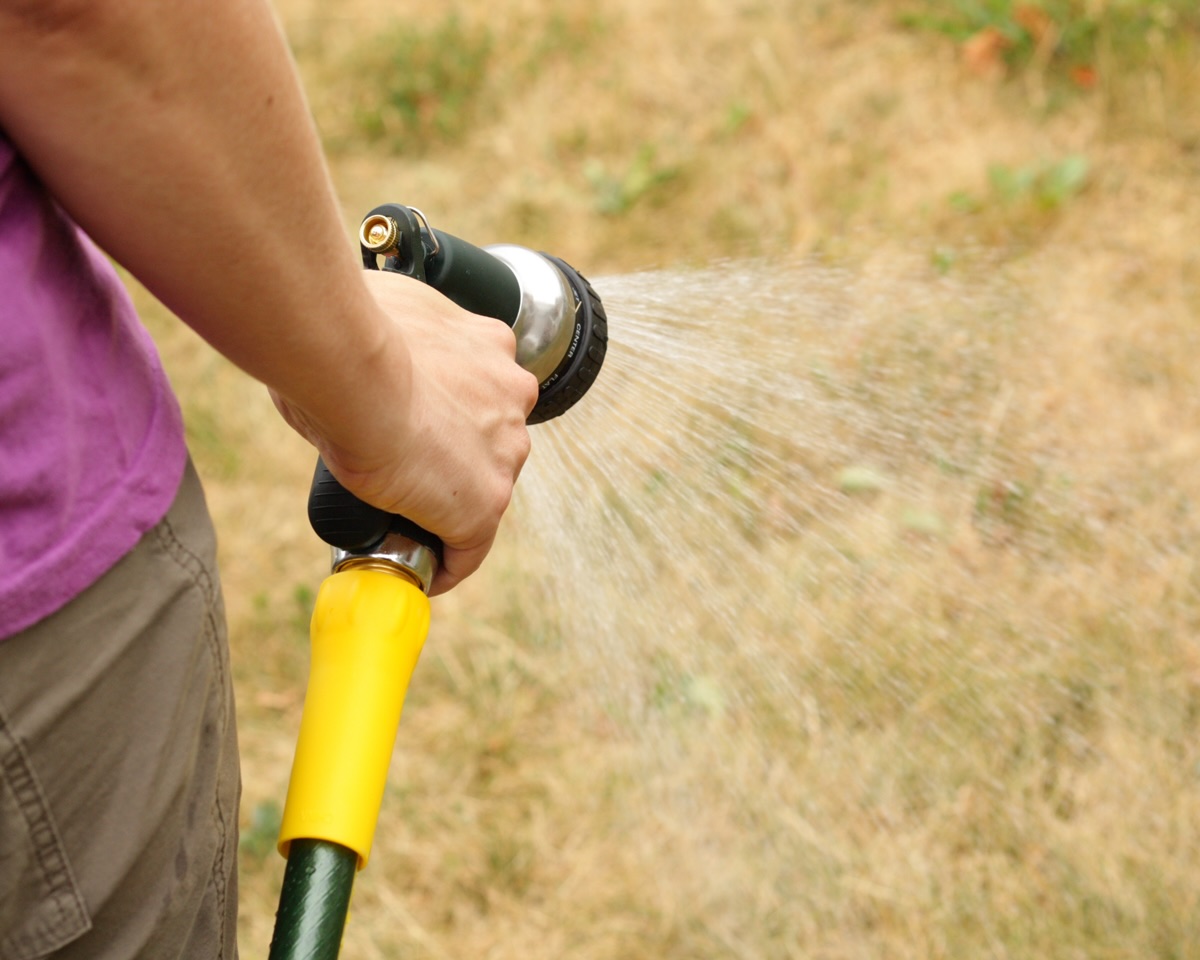
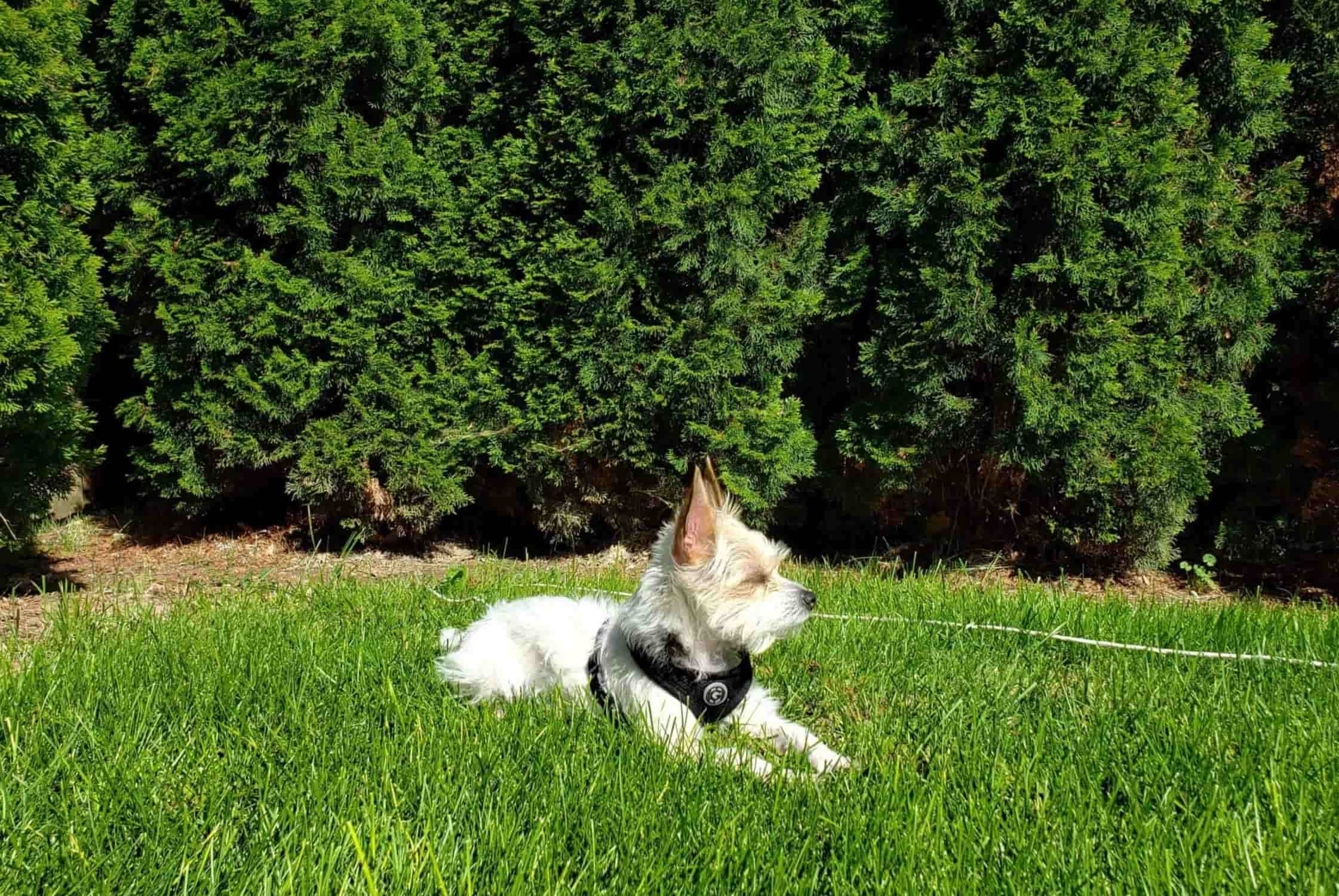
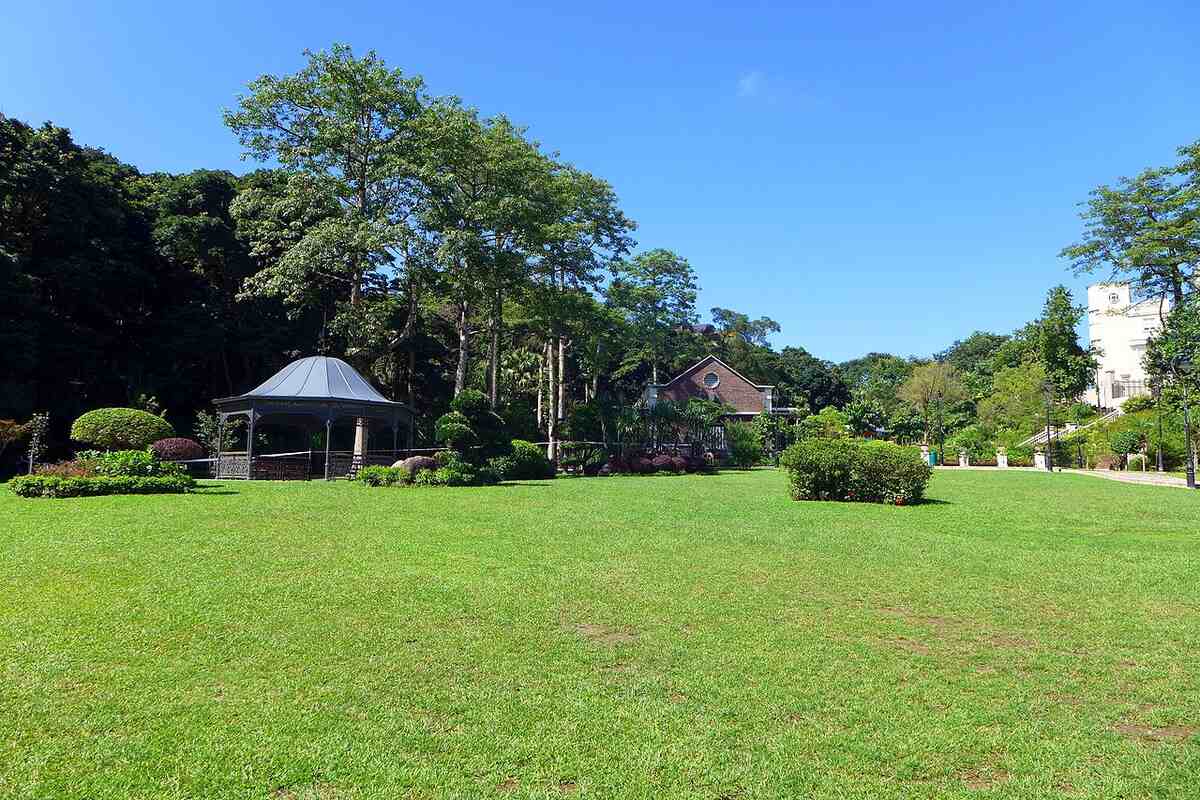
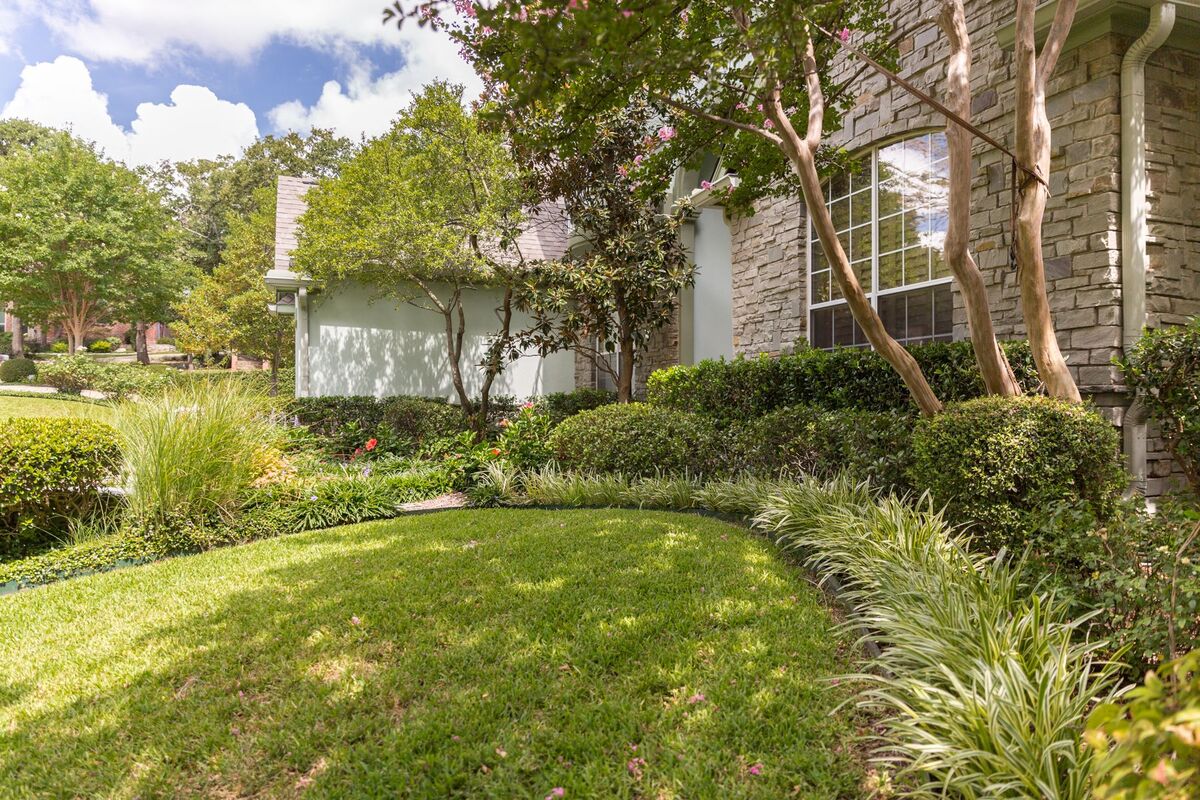
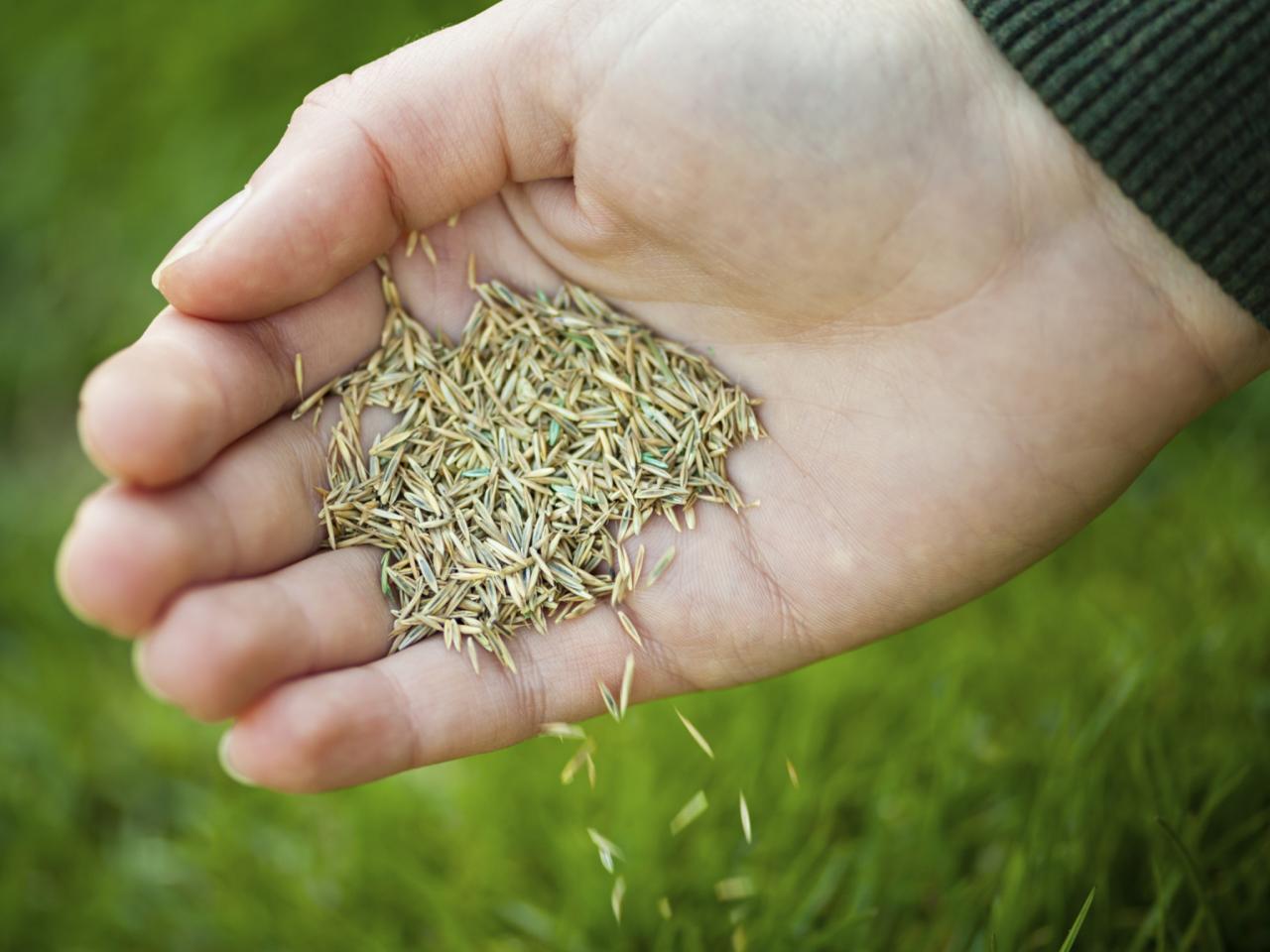
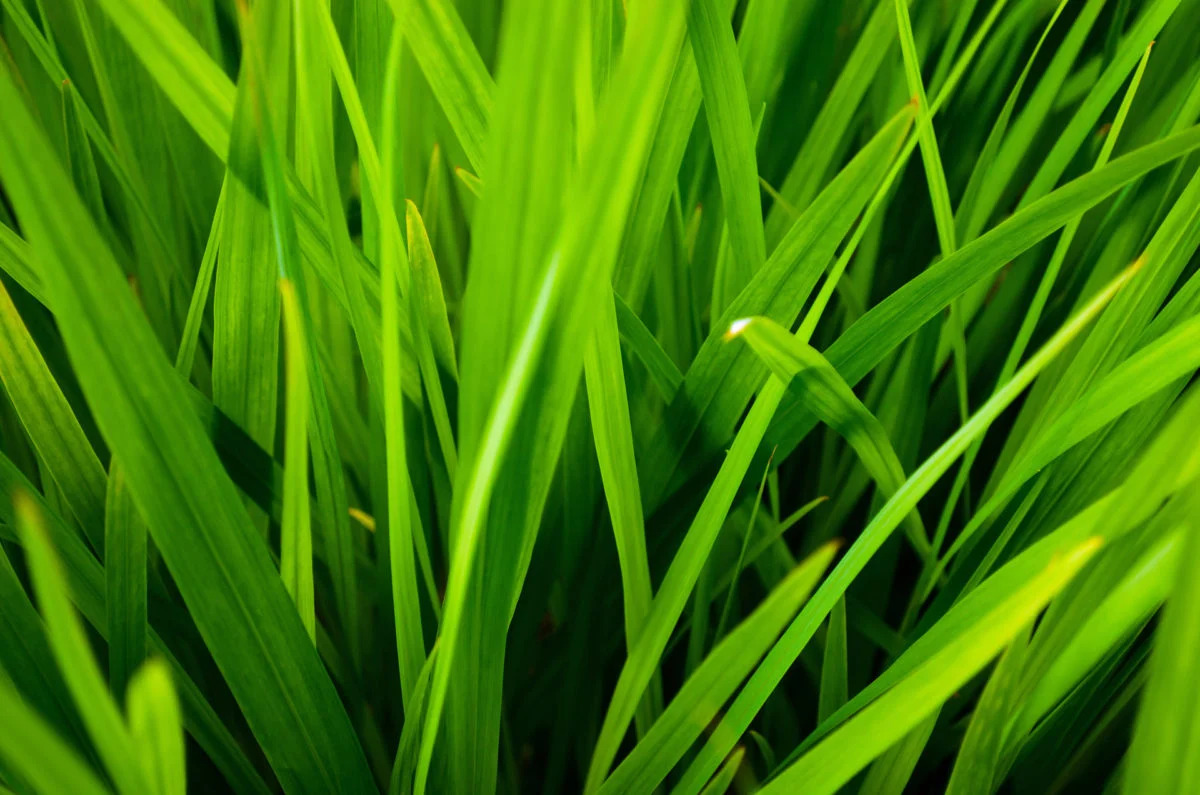
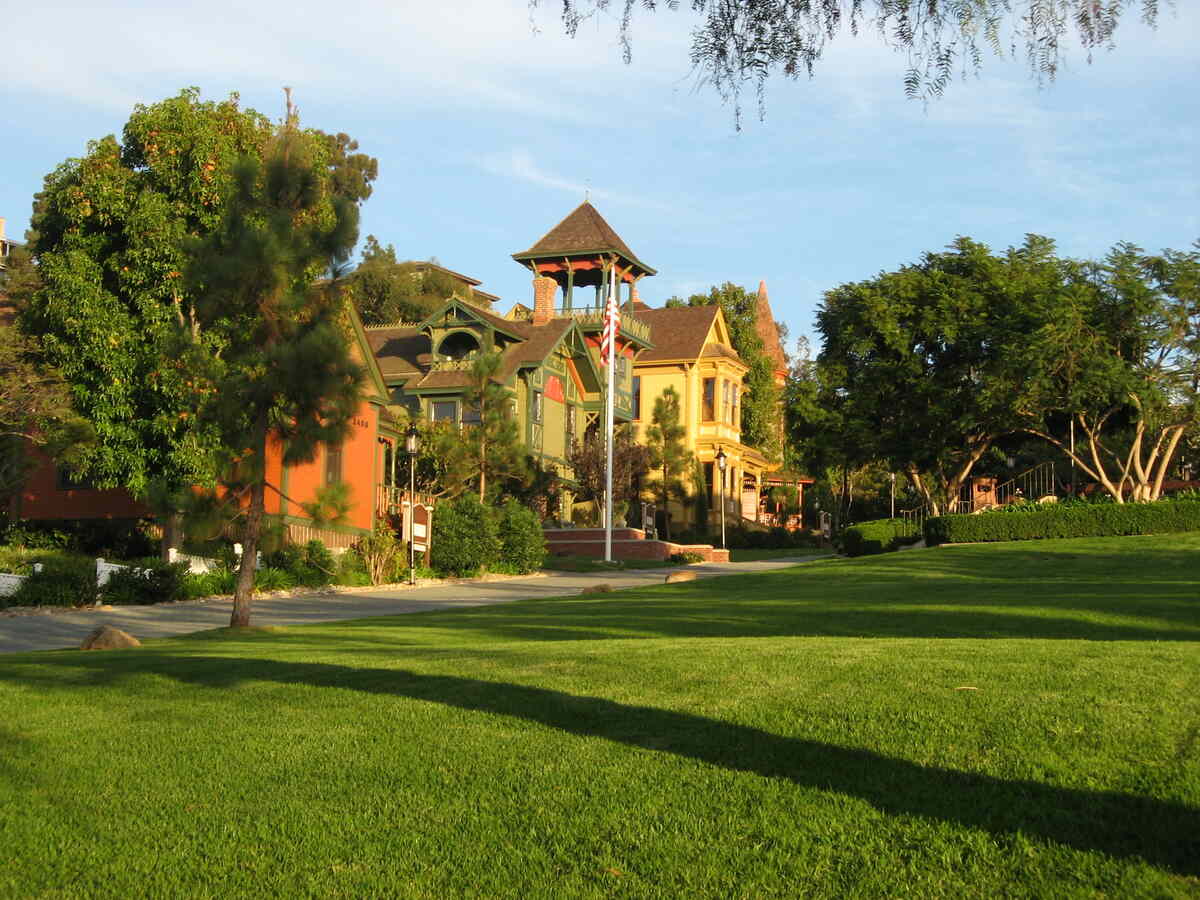
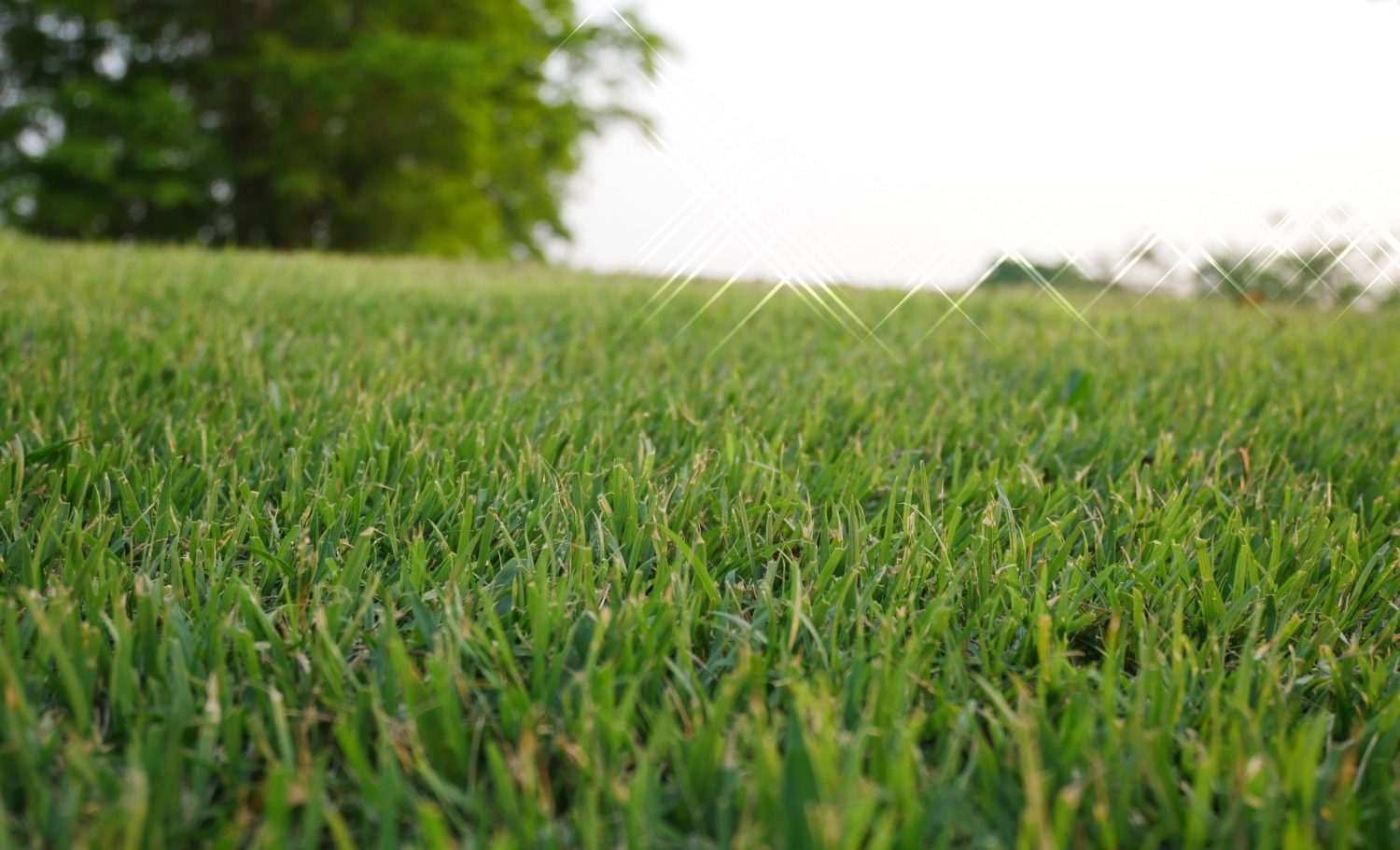
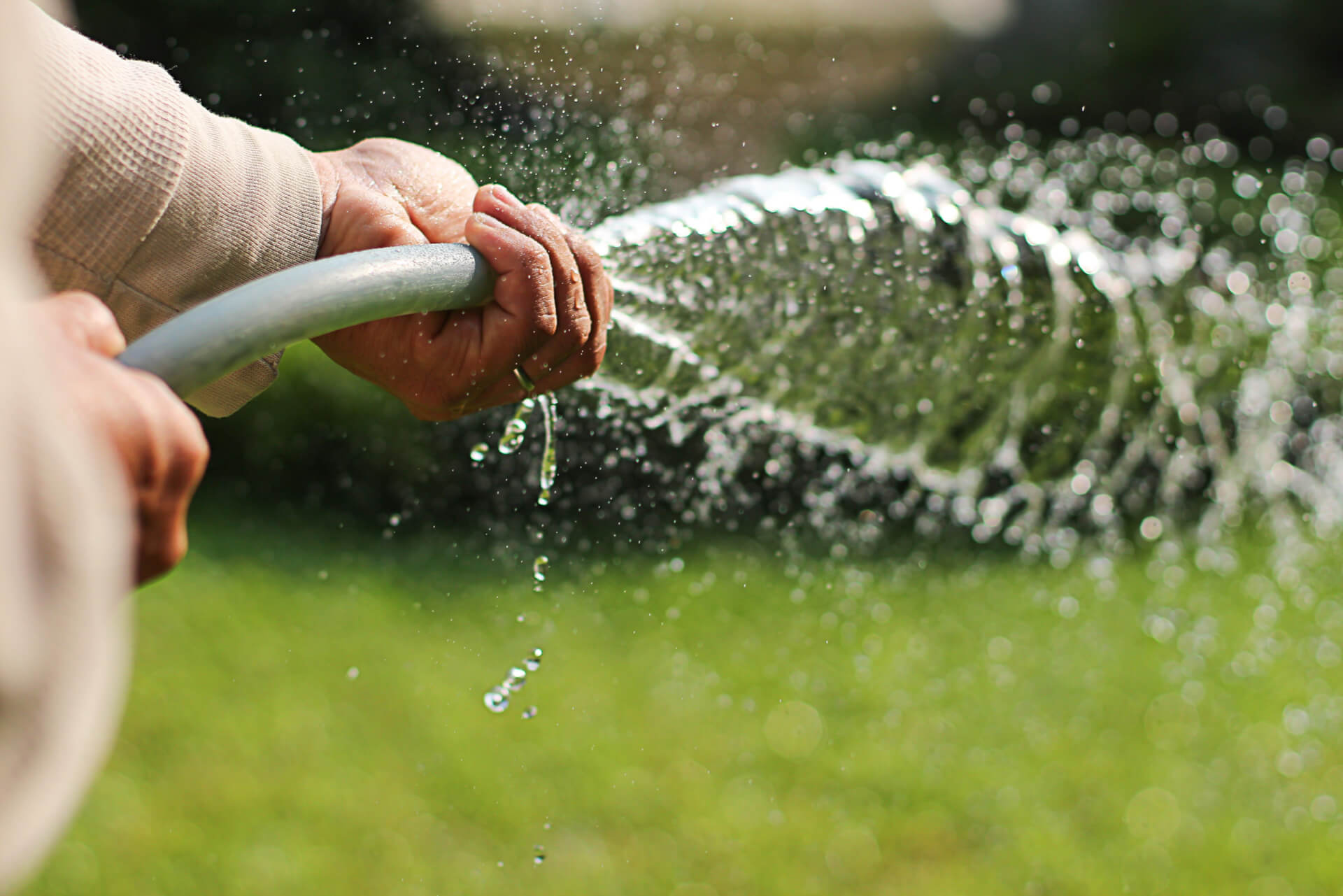
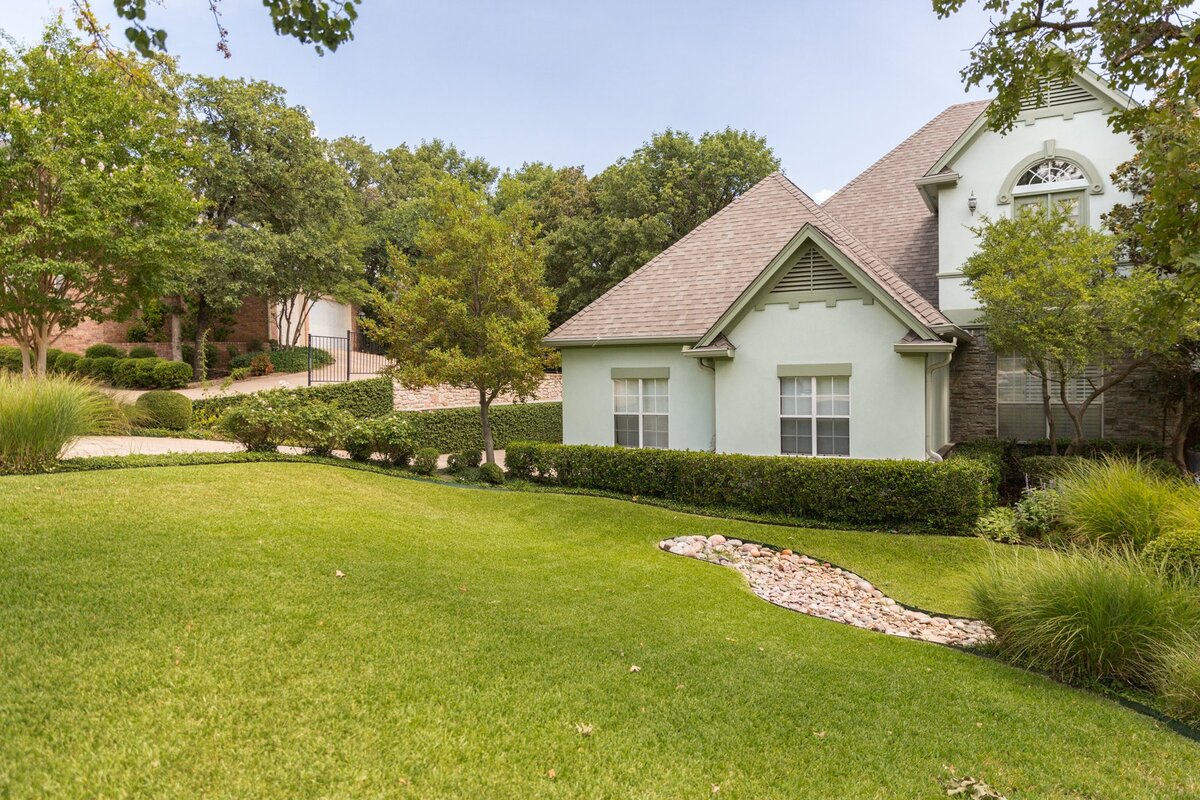
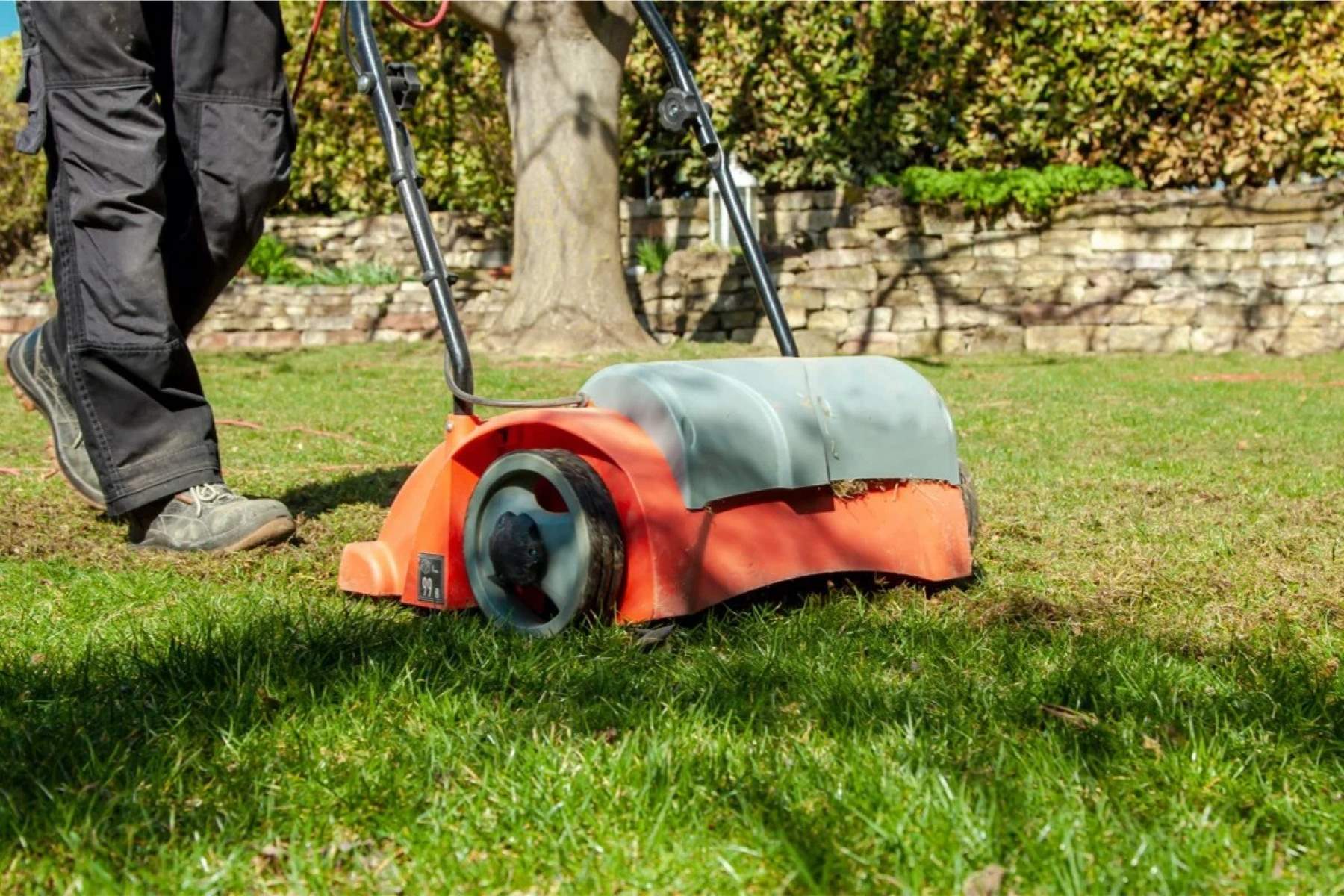
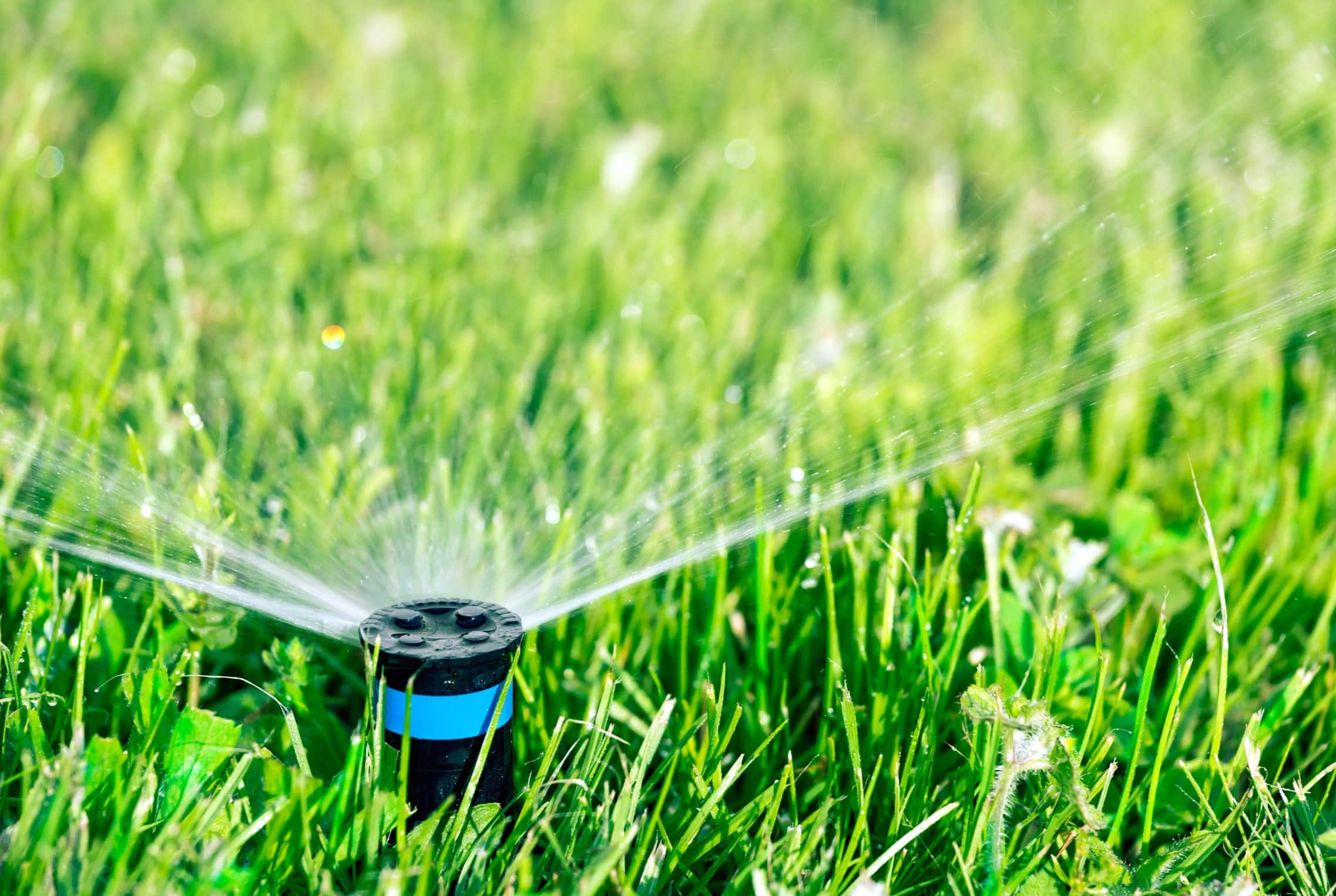
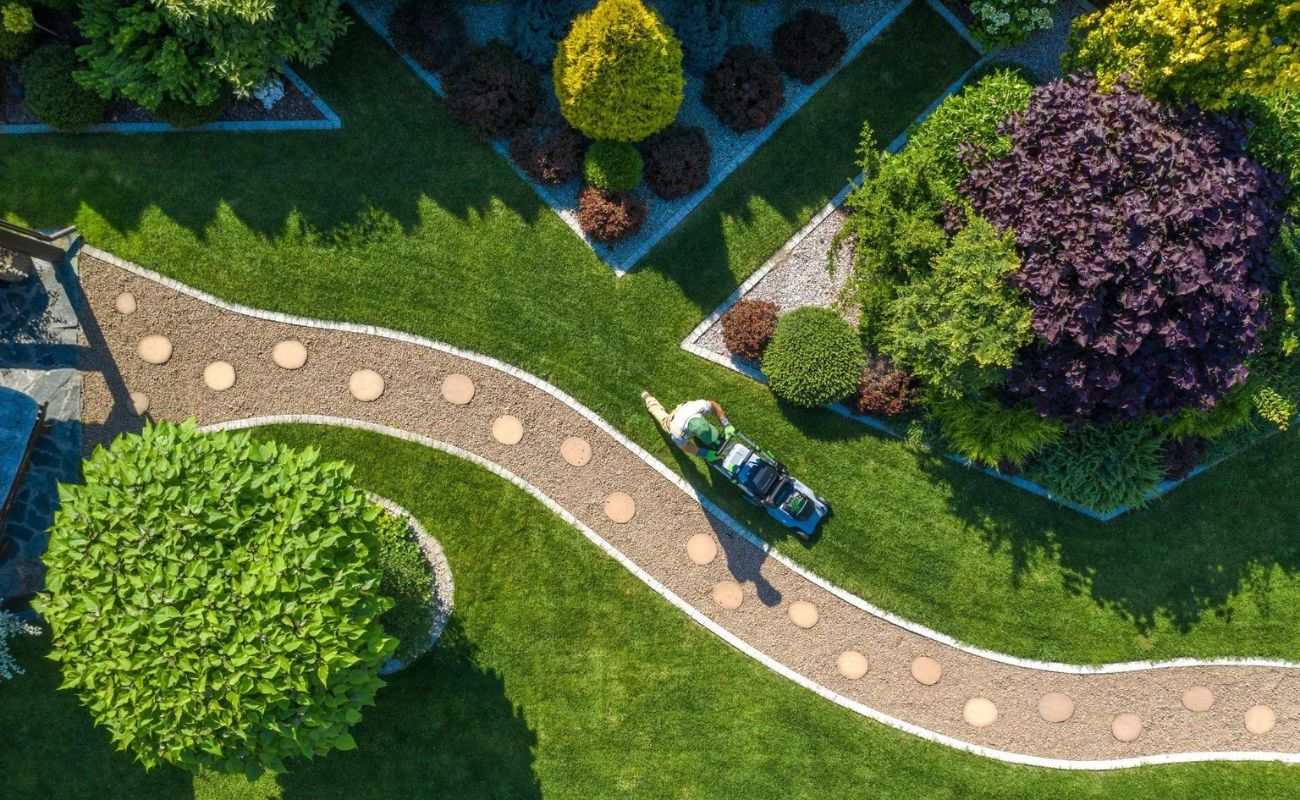
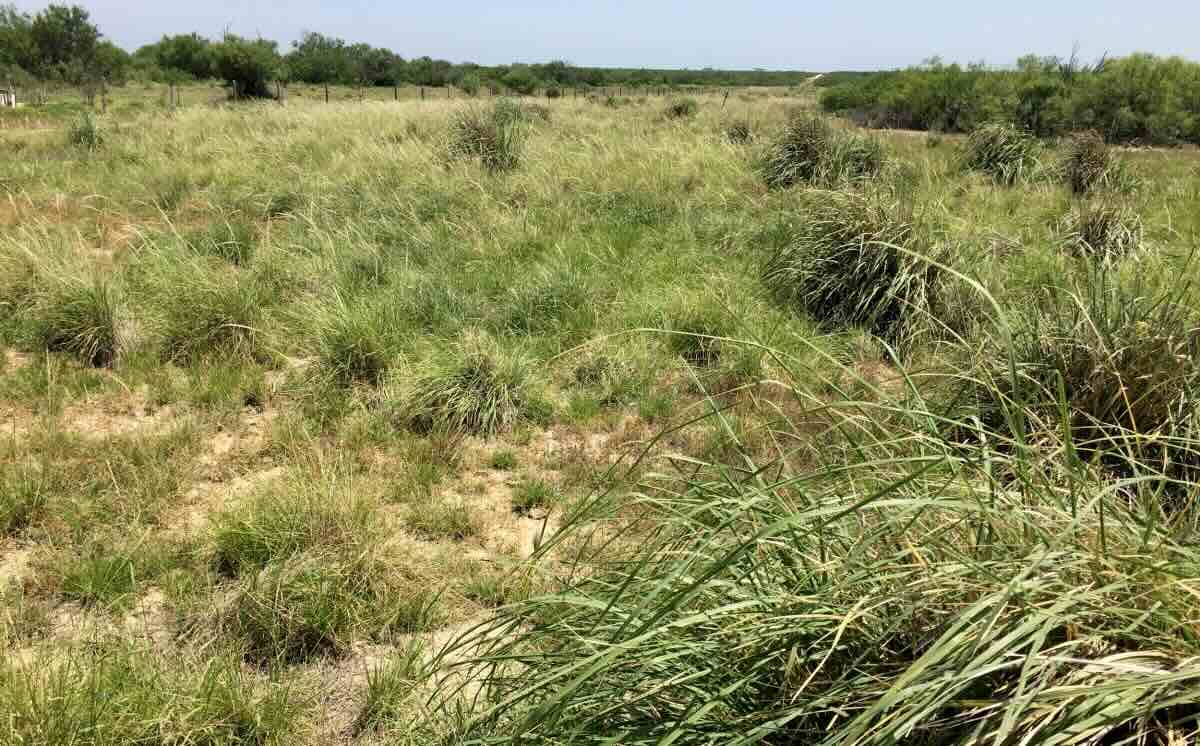
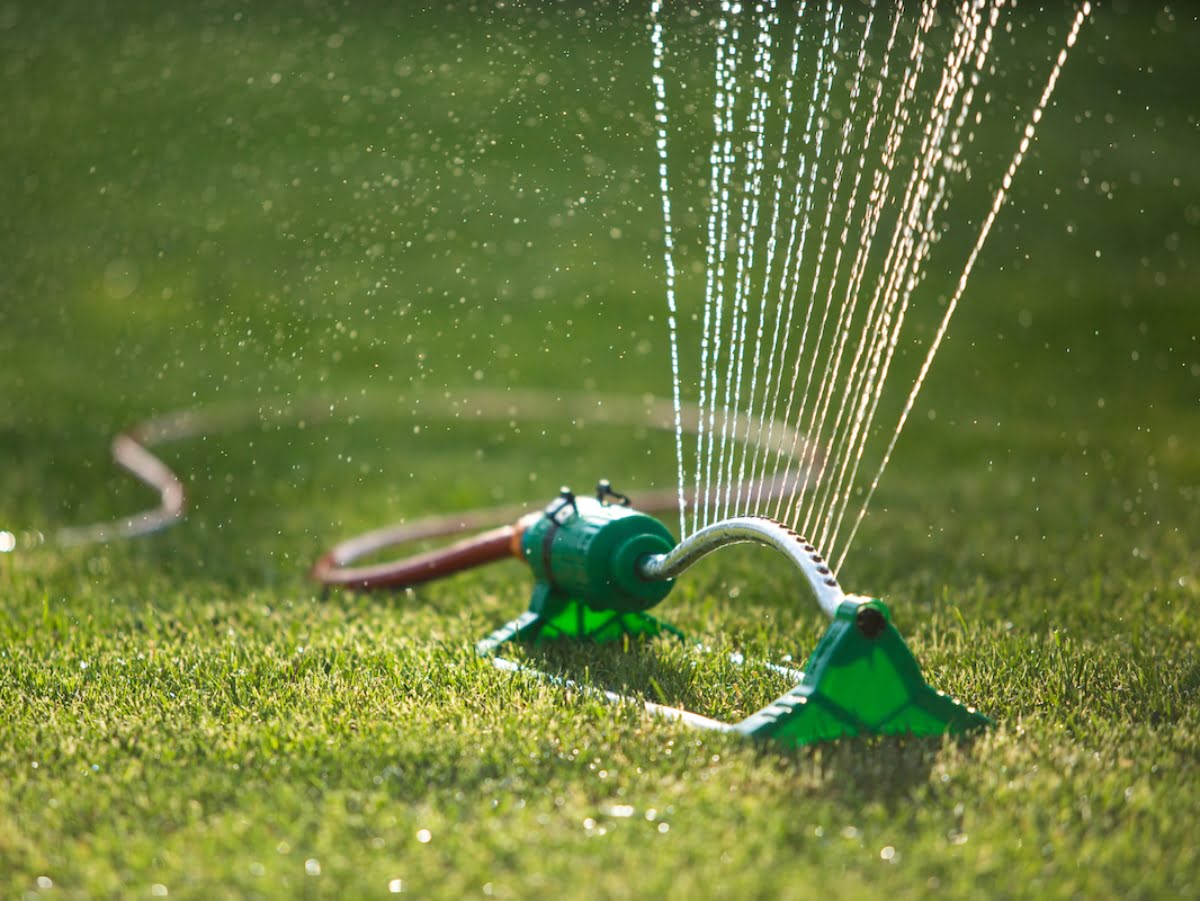

0 thoughts on “What Is The Best Grass For San Antonio, Texas”